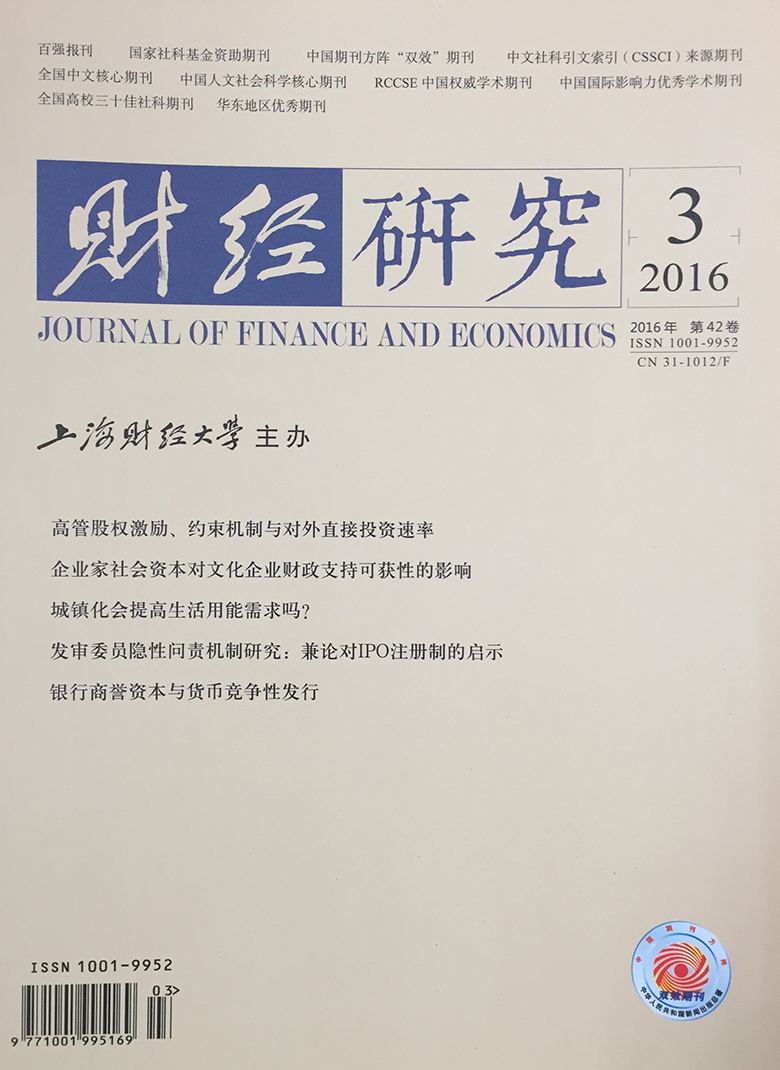Based on EASI demand system which shares the same origin with the 2015 Nobel Prize owner Deaton's AIDS, this paper employs CHNS data and EASI demand system to empirically analyze the effects of the increase in food prices on consumption and welfare of urban households at different income levels, and compares the different effects of income-based subsidies and price-based.It comes to the results as follows:firstly, the animal food expenditure of urban residents accounts for the largest proportion of total food expenditure, followed by grain and vegetables, and the food consumption structure of urban residents is composed of animal food, grain and vegetables, showing that the increase in animal food prices has relatively greater effect on daily diet consumption of urban residents; secondly, food prices have the greatest effects on the welfare of poor households and families with the lowest income, and the prices of animal food have the greatest effect on the welfare of families with lower income; thirdly, as for families with low income, when the prices of animal food increase, the effect of income-based subsidy policy is superior to the one of price-based subsidy policy; when the food prices increase, the effect of price-based subsidy policy is superior to the one of income-based subsidy policy.It finally provides policy suggestions from the perspectives of production, subsidy policy and distribution system.
 / Journals / Journal of Finance and Economics
/ Journals / Journal of Finance and EconomicsJournal of Finance and Economics
LiuYuanchun, Editor-in-Chief
ZhengChunrong, Vice Executive Editor-in-Chief
YaoLan BaoXiaohua HuangJun, Vice Editor-in-Chief
The Effects of the Increase in Food Prices on Urban Households' Consumption and Welfare: Based on EASI Model
Journal of Finance and Economics Vol. 42, Issue 03, pp. 51 - 68 (2016) DOI:10.16538/j.cnki.jfe.2016.03.005
Abstract
References
Abstract
Keywords
Cite this article
Zhao Xindong, Wang Xiaoye. The Effects of the Increase in Food Prices on Urban Households' Consumption and Welfare: Based on EASI Model[J]. Journal of Finance and Economics, 2016, 42(3): 51–68.
Export Citations as:
For
ISSUE COVER
RELATED ARTICLES




 7675
7675  5991
5991

